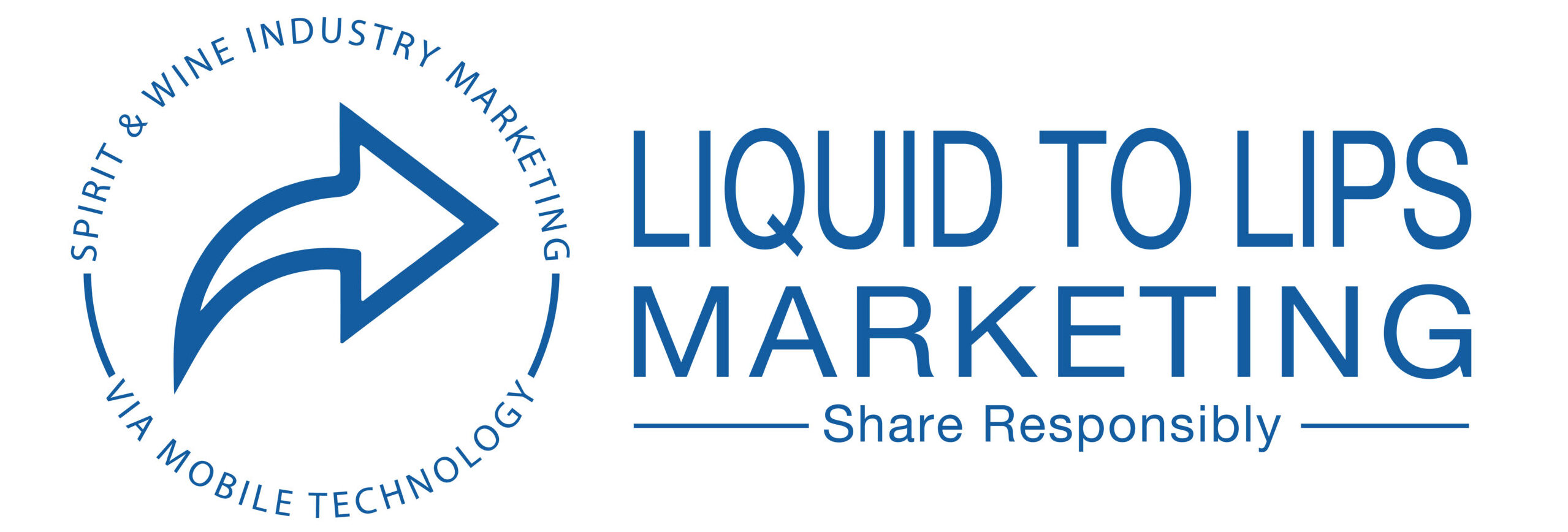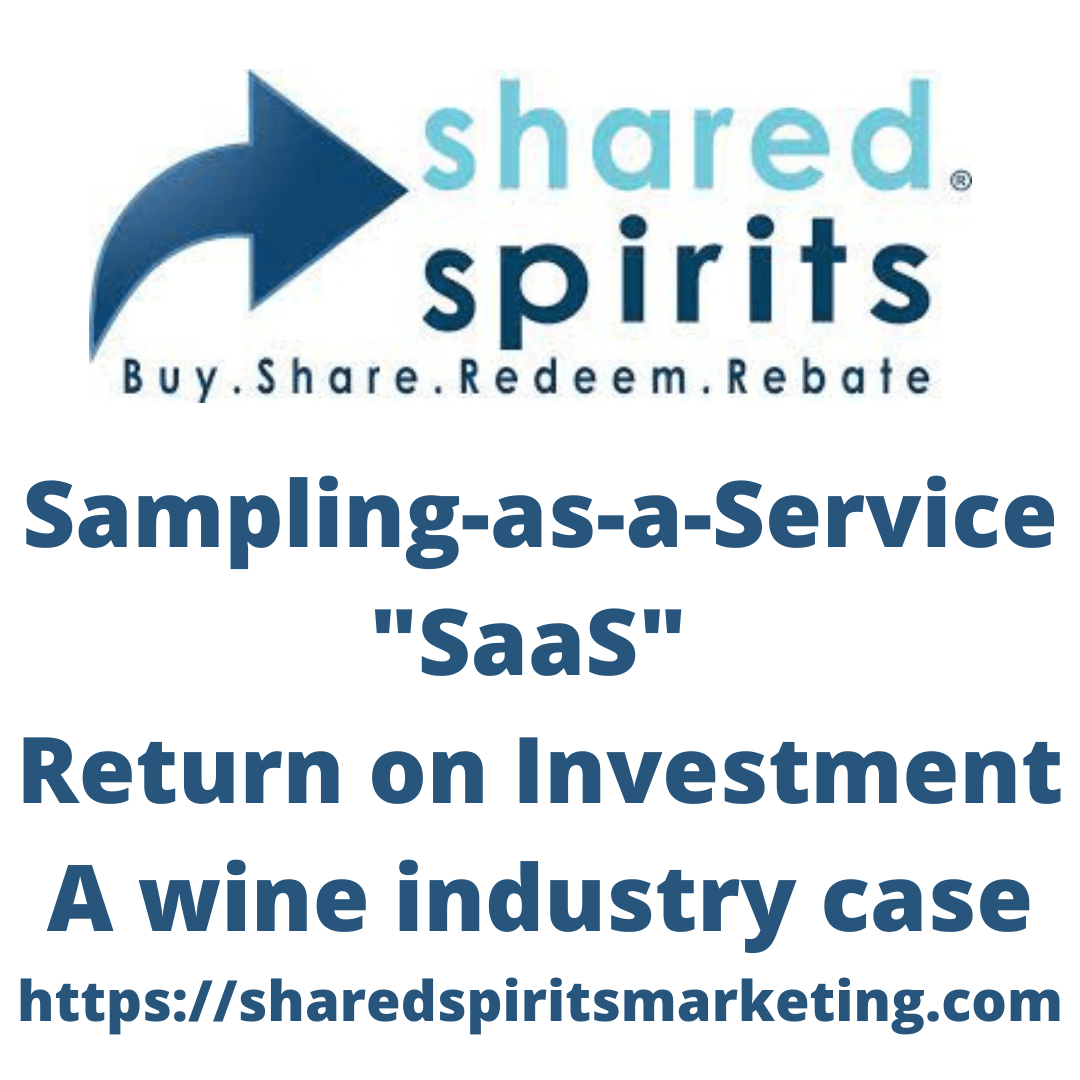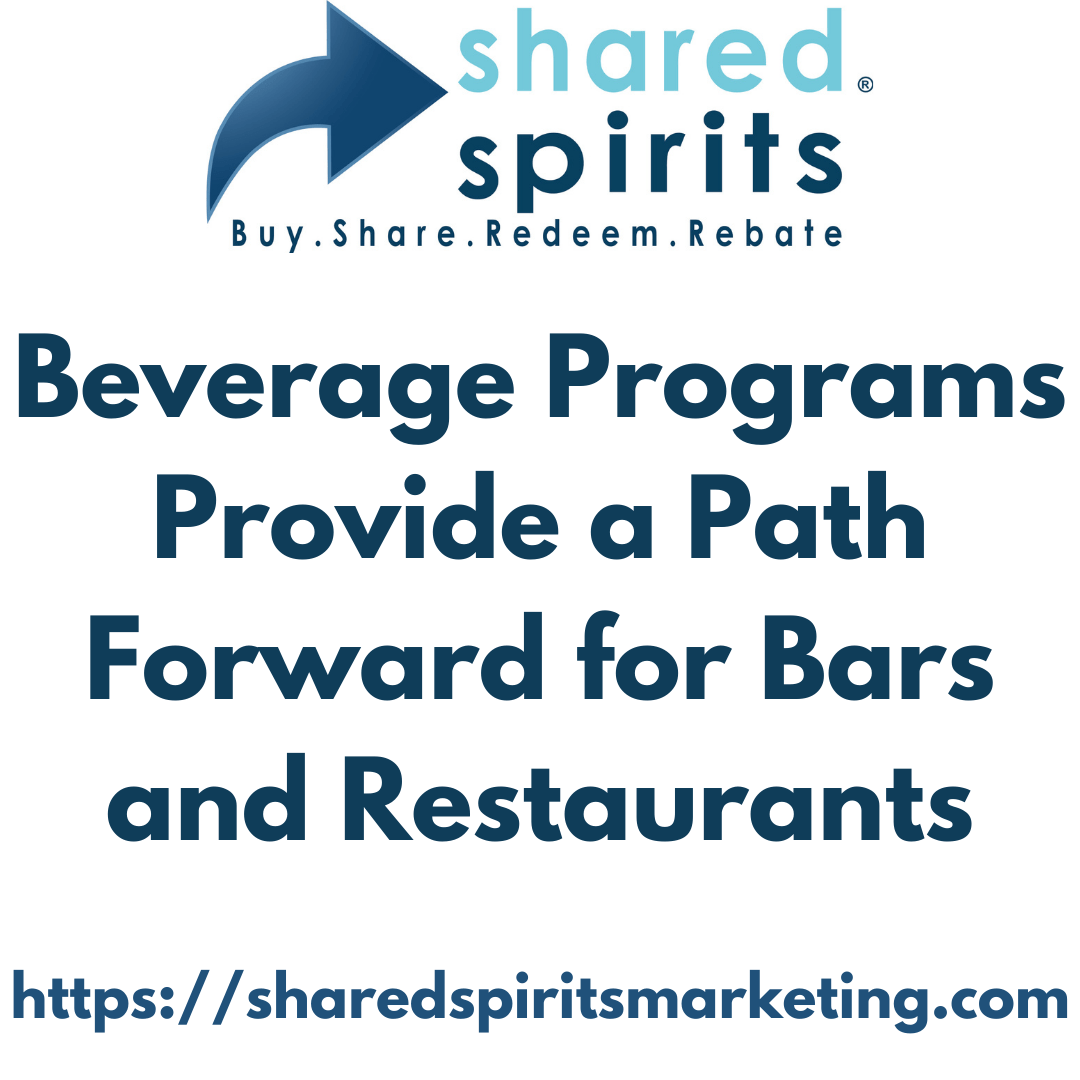Sampling spirits and wine. A guide. I recently ask a simple question to a marketer of bourbon.
“Does the brand care whether or not it has a relationship with the customer who actually drinks its product?”
He immediately said yes. They had set aside a boat load of money to work the direct to consumer market. The way this is currently done is via legal shippers and delivery companies. Examples may include Drizzly or some other company that has built methods to compliantly ship.
In other conversations I have been asking, how much do you spend to get someone to sample your product?
I immediately follow up with, “Do you have any metric on the consumer’s life time value to your company?”
By this time, in most cases, the eyes have glazed over. Only the sophisticated local distillery or vineyard owner happens to know via their email, tasting room, and mail lists what the average spend of a specific consumer may be.
Shared Spirits is about the business of creating and owning the category we call “digital activation”.
Our mission is that spirits, wine, and beer brands know who sampled their product. Where they sampled it. Whether or not they bought it after the sampling and whether or not they bought it again after the first bottle purchased.
If these metrics and owning the relationship with the customer who bought your product are of no interest to you, there is no need to read further.
Most of you know how brands are built. MONEY.
Most of the industry pros I have spoken with will tell you to bake in $1.50 plus per .750 ml on marketing. This has to cover billboards, Ambassadors, expenses, ride alongs, sampling budgets and more.
48 states allow some form of distilled spirits tastings.
42 states allow tastings in bars and restaurants and 44 states allow tastings in retail stores that sell spirits for off-premise consumption. Also, 39 states allow consumer spirits tastings at both on- and off-premise establishments.
Here we find some fine print from Kentucky’s recently amended sampling laws.
The Sampling License: The Fine Print
The following conditions are placed on the use of a Sampling License:
- Samplings may only occur on licensed premises, by the licensee holding a Sampling License, during regular business hours;
- Customers must be limited to certain serving sizes, depending on the type of retailer (one ounce of distilled spirits samples per day, six ounces of wine samples per day, or twelve ounces of malt beverage samples per day;
- The ABC must be notified at least seven days in advance of conducting a free sampling event; and
- The sampling event cannot exceed four consecutive hours between noon and 8:00 p.m.
Sampling Wine and Spirits. A Guide. Continued
In most markets, when you connect with a promo company that hires staff to go out and conduct your in-store samplings, you’ll have to budget $50 to $70 an hour for the promo company alone.
Other expenses?
Product.
Coordination and booking the event time.
Point of Sale merchandise.
Post sampling reporting.
Invoicing.
Accounts payable.
Relationship management.
Another oversight item for your staff. Includes monitoring of retailer, distributor, and financial results, i.e. sales.
It is basically the same model when you’re sampling with special activations with an on-premise or restaurant account.
Events are a big part of sampling as well and sponsorship dollars that lead to participation from tables that sample attendees are quite similar.
None of this is news to the veteran spirits, wine, or beer brand decision maker. I see small craft brands, mostly underfunded ones, suggest, that the owners have to be the ones that tell the story. I get it, but it’s not a scalable model and if I were an investor in a craft distillery, I’d be reluctant to see my brand built in ways that didn’t afford me direct access to my consumer.
So what should the feature set for successful sampling strategies include?
These elements are increasingly important.
Price – Of course. The hard cost and budgets have to be considered.
Favors Retail – Does the sampling lead to retail buys, if that’s your goal?
Speed of ROI – How quickly will the marketing spend turn into new sales volume or depletion?
Customer Data – First party data if you can get it is increasingly valuable. How much more valuable would your brand be if you knew the emails of 80% of your product buyers? Or 90% of their phone numbers.
Post Experience Marketing – Customers need to be touched after the sampling. You’re aren’t.
Hyper Local – Local leaders, patrons of your key restaurant partners and local Ambassadors help build brands.
Tech Enabled – Will your sampling programs ultimately lead to true digital, even metaverse enabled marketing.
Highly Experiential – Do your samplings at events lead to on-premise experiences that then lead to retail depletion?
I’ve shared a chart below that depicts new value innovation being delivered by the way samplings will take place in the future. This new value proposition and the gap between the pink line, i.e. the current way samplings deliver vs the new way that Shared Spirits delivers sampling.
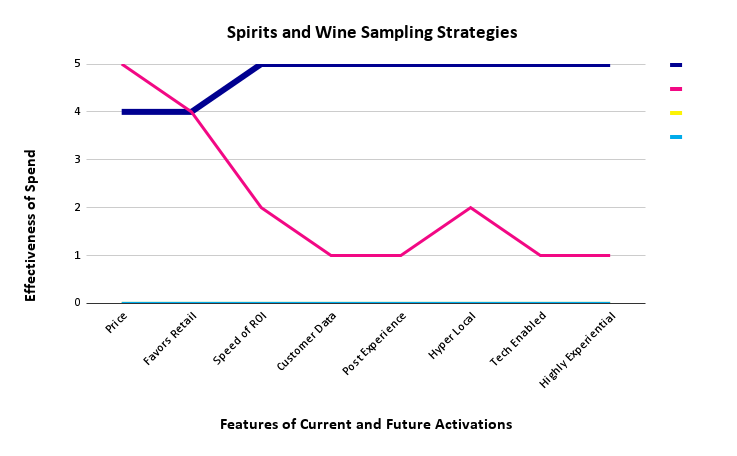
We call our solution to “liquid to lips” or sampling possible customers beverage marketing software. We have coined the software tool set we’ve built Sampling-as-a-Service software.
We could get technical but its far more fun just to share another graphic.
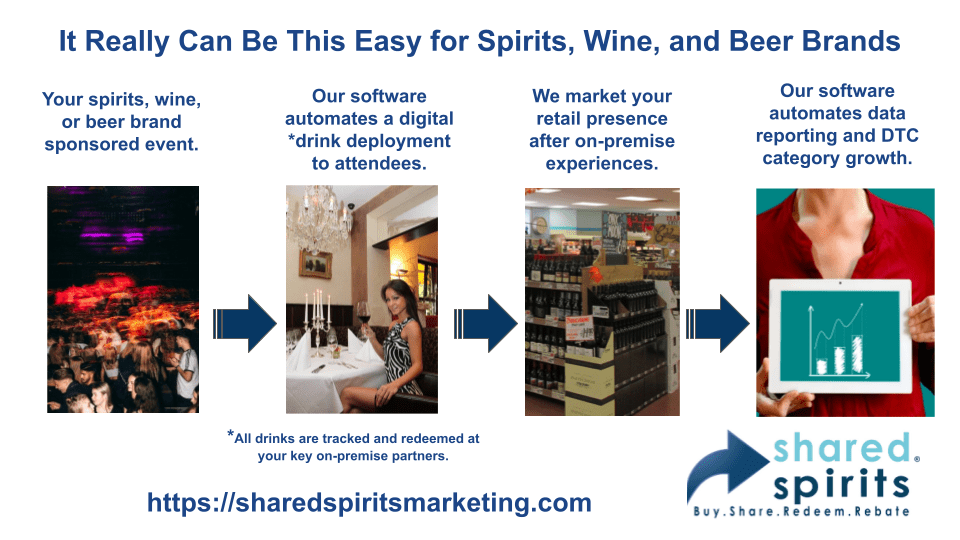
So what to do now. It’s easy. Schedule a time to chat. We’re helping brands organize activations that feature all the cool things we’ve shared starting in Q2. Schedule a discovery call by clicking this link. We are excited to share the future of samplings and digital activation.
